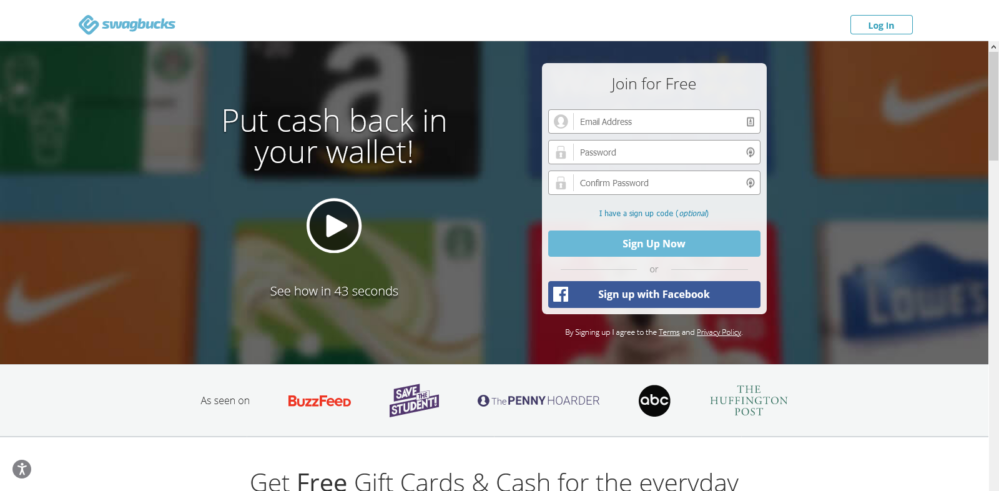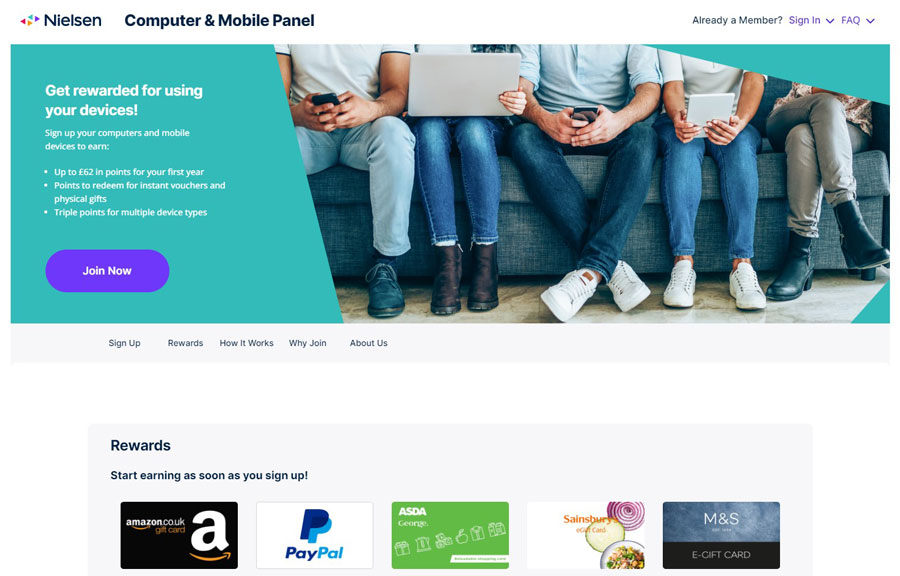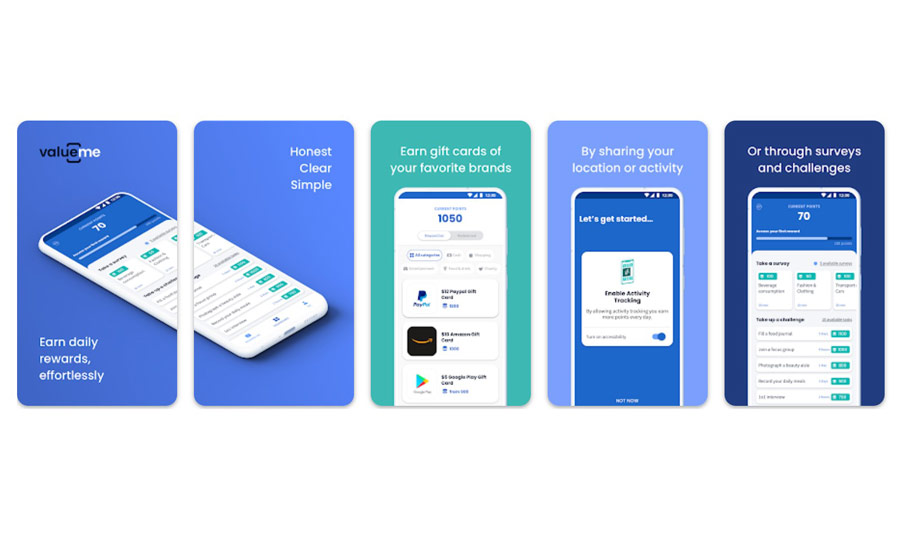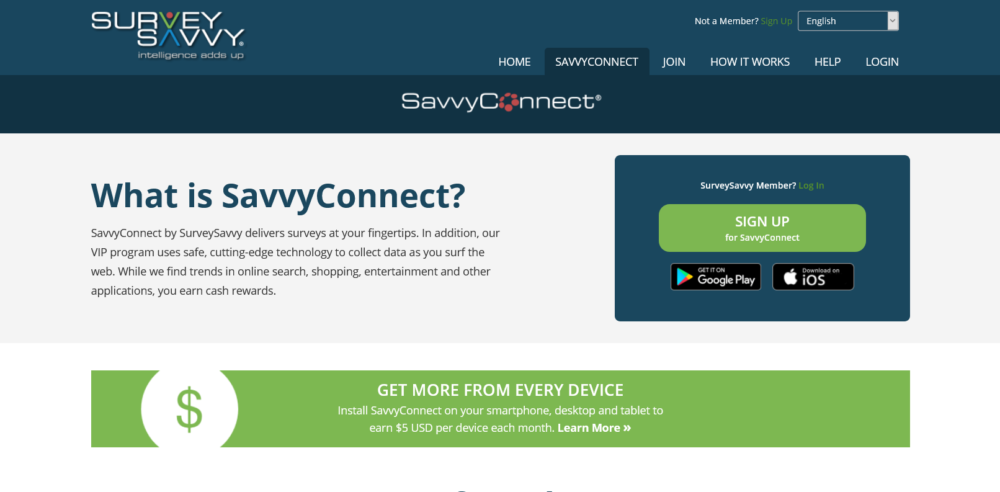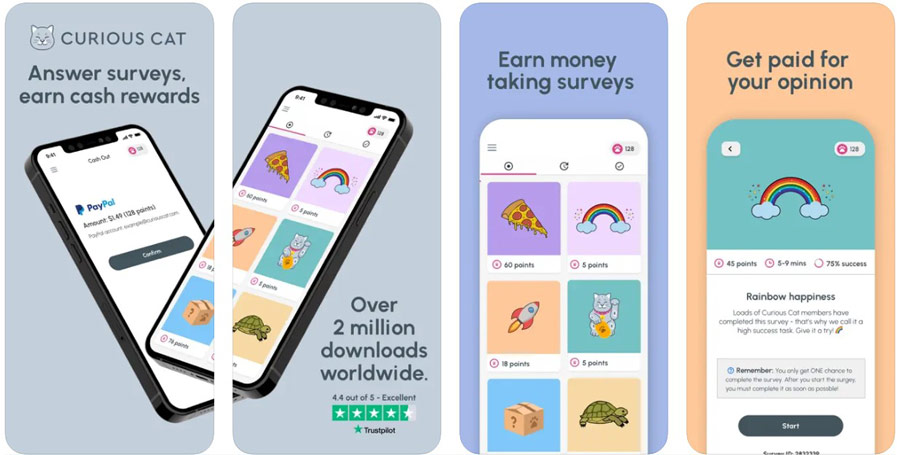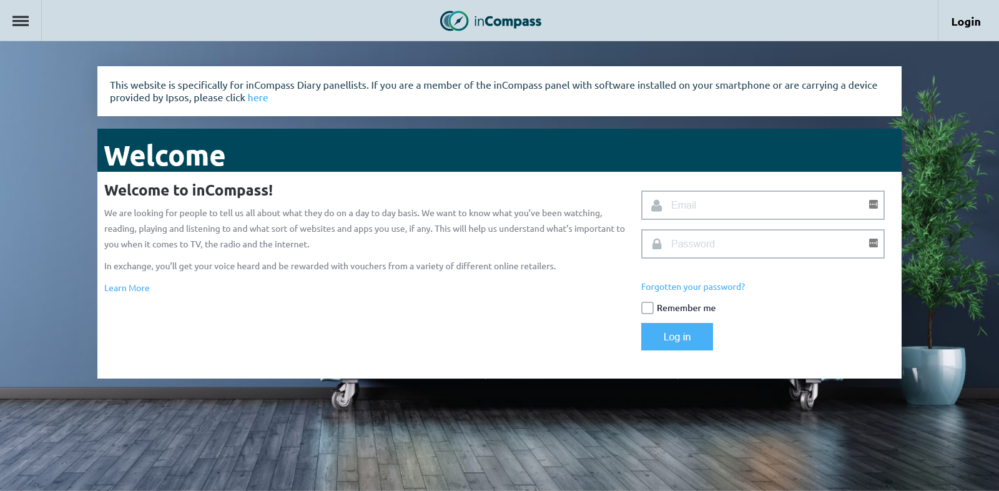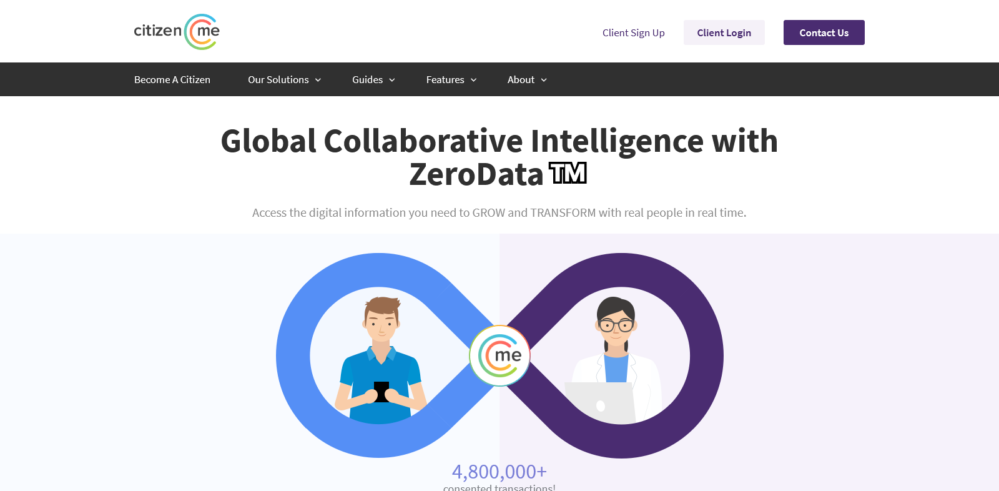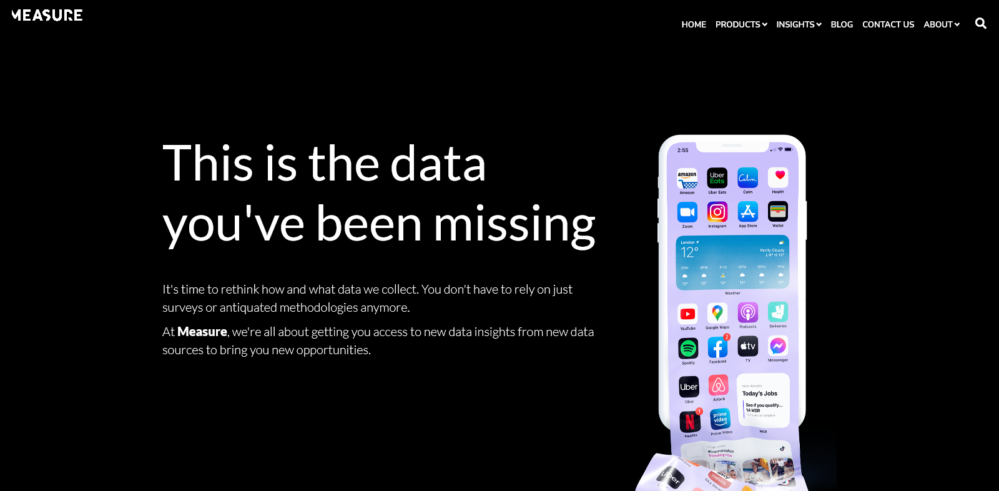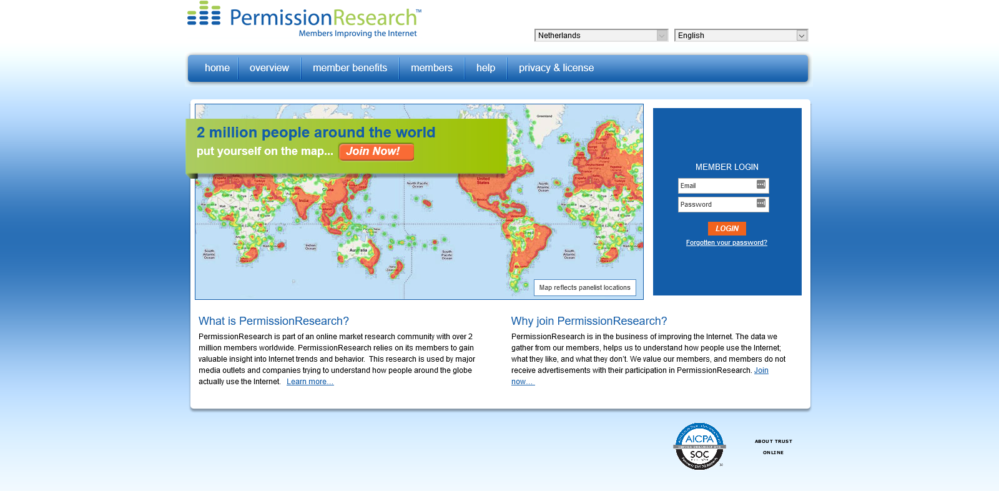Paid Data Sharing Apps
Paid data sharing apps have emerged as a popular way to earn extra money with minimal effort. By simply connecting your Netflix, Facebook, or Disney Plus account, or allowing these apps to track your location or browsing history, you can earn passive income in return for sharing your data.
Reviews of paid data sharing apps:
Showing all 12 results
Some of the benefits of using these apps include the ease of use and the potential to earn money effortlessly. However, it’s important to be aware of potential privacy issues when sharing your personal data. Here are some examples of data-sharing apps and websites that offer opportunities to earn money:
- ValueMe: This app allows you to share data from your connected social media accounts, such as Facebook and Twitter, and earn rewards in return. The app also offers the option to donate your rewards to charity.
- CitizenMe: With CitizenMe, you can earn money by answering surveys and sharing your data with companies. The app allows you to choose which data to share and with whom, giving you greater control over your privacy.
- MSR App: The MSR App tracks your mobile browsing history and location data, and in exchange, you earn cash rewards. The app allows you to easily withdraw your earnings through PayPal.
- ZAP Surveys: ZAP Surveys offers a variety of ways to earn money, including answering surveys, watching videos, and sharing your location data. The app also offers a referral program to earn even more rewards.
- Nielsen Computer & Media Panel: By installing the Nielsen Computer & Media Panel app on your computer or mobile device, you can earn rewards for sharing your online browsing and shopping habits. The app also offers monthly sweepstakes entries for a chance to win additional rewards.
While data-sharing apps can offer an easy way to earn passive income, it’s important to carefully read the terms before signing up, and check independent reviews on sites like HuginX.

